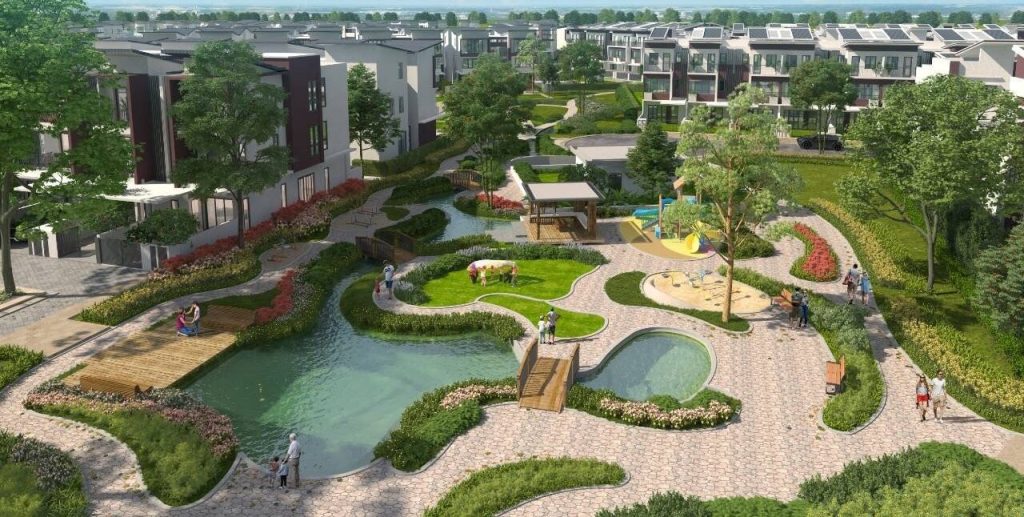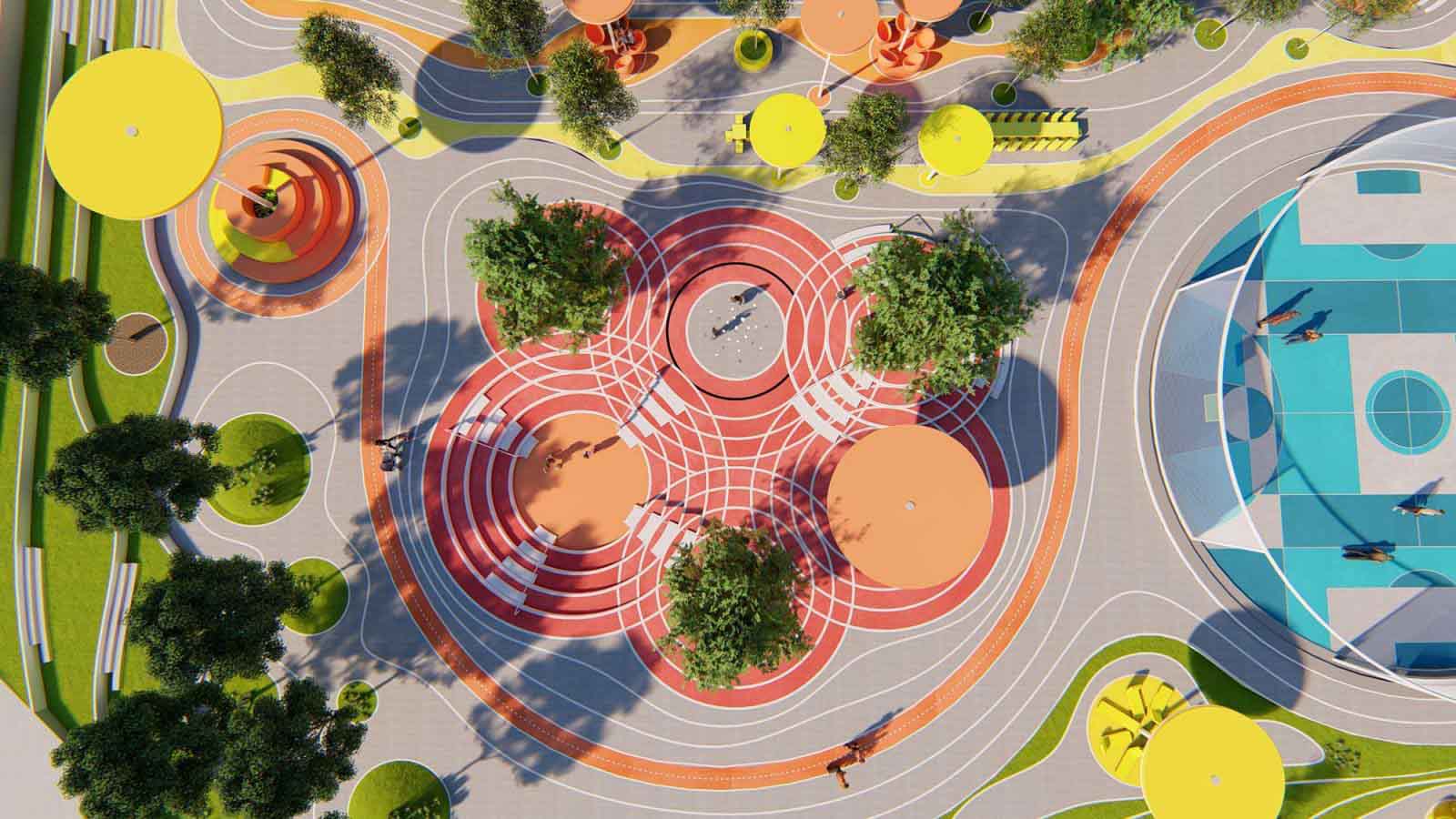- Hotline (02556) 292929
- Email [email protected]
- Address No. 6 Thien Phat Street, Truong Quang Trong Ward, Quang Ngai City

10 reasons why landscape design is essential for the environment
Landscape Architecture design is important to the environment for many reasons. Landscape architecture allows for the use of fewer resources, less waste, supports recycling where possible, and uses strategies to achieve long-term results. Landscape architecture focuses on the relationship between humans and the environment. As the world population increases, the pressure on our resources will also increase, landscape architects always know that the landscape is a living thing and we can gain benefits from it if invested properly. So, below is a list of 10 reasons why landscape architecture design is important.
1. PROTECT NATURE
People like to live in an environment filled with green trees. Big cities still have many trees and greenery projects are still in the plans of the authorities. In modern urban environments, you will see concrete and wooden floors everywhere, but you will also always see plants in the spaces around them. People are increasingly aware of the importance of protecting the environment and therefore landscape design is now more important than ever. In addition, landscape architecture provides solutions to many existing environmental problems, protects ecology and helps protect national treasures (forests).
2. RECOVERY OF CONTAMINATED AREAS
All industrial zones in the world have pollution problems, especially those with factories. Factories are necessary to help economic growth and jobs for people but we also know that they are very harmful to the environment. If the factory causes heavy pollution, the place will be unusable for a long time after the factory has left. These problems can be solved with landscaping and planting after the area is cleaned. A good example of this is the Westergasfabriek Park in Amsterdam.
3. RAINWATER MANAGEMENT
Clean water is a major environmental issue. Climate change and pollution both affect clean water supplies. The threat to wetlands is a pressing issue because they are rich in biodiversity, filter rainwater and can control flooding. Landscape architecture not only encourages more wetlands but also seeks to naturally manage stormwater by building water features.
4. CLEANSE LAND AND WATER
There is a lot of contaminated land and water that needs to be cleaned up. One way to solve this problem uses “phytoremediation”. This is a low-cost solution that involves the direct use of on-site plants, removing or blocking contaminants in soil, sediment, surface water and groundwater. Simply planted, trees will help clean pollutants in the soil. For example, in an area where the soil is high in heavy metals and toxic substances, “phytoremediation” used for cleaning is extremely effective. It is clear that this is a very cost-effective and intuitive solution that has a major impact on the soil as it concentrates contaminants, and converts them into non-harmful products.

5. AIR FILTER
Most people know that they produce oxygen, but few people know that they also absorb polluting gases through their stomata. This obviously helps filter the air and makes the environment cleaner. Everyone cares about outdoor air quality, but according to NASA research, indoor air quality should also be filtered by green plants.
6. TREE CARE
We all know that plants and trees are extremely important. Landscape architecture helps protect and care for them. To grow well, they need good soil quality, the right amount of water, adequate sunlight exposure, and protection from pests. Landscape architects study all of the above factors when trying to find the right tree for each location. There is even an online tool called PlantSelectr that helps landscape architects choose the right plants for each location.
7. MORE GARDENS IN URBAN AREA
Landscape architects help promote ideas such as orchards in urban areas. As well as providing nutritious fruit to eat, they are beautiful, produce oxygen and promote social wellbeing. Children also learn how to grow and harvest their own food and connect with local people as they work together to care for the garden.
8. REDUCE HOT WEATHER HEAT
Trees provide a cooling effect, which is especially important in urban environments, where concrete raises temperatures and their density does not allow for any open green space. Small parks, known as Pocket parks, are a good solution here because they provide shade from the sun and are a quiet place to go in a noisy urban environment.
9. PROVIDING OUTDOOR ENTERTAINMENT SPACES
Landscape architecture creates outdoor recreation areas. This increases the health quality of local people, while giving them more choices for entertainment, and it is also an opportunity for social connection through activities in public spaces.
10. POSITIVE INFLUENCE ON THE HUMAN BRAIN
If you spend some time in nature, even just sitting, it has a positive impact on people’s state of mind and mood. So having more green space correlates with better mental health. Spending time outside also encourages social interaction.




